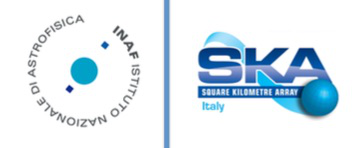Speaker
Description
The ingredients for the recipe to make a “habitable” planet like our own Earth are: a relatively small rocky planet, at the right distance from the host star, with a not too thick atmosphere rich in volatiles and capable of developing interstellar complex organic molecules (iCOMs) chemistry. Searches for exoplanets have shown a large degree of diversity in the planetary systems, and as yet is unclear how common a System like our own is. Understanding the formation of planetary systems and the chemical processing of the volatiles that will form their atmospheres is key to understand the origins of the Solar System and how common the “habitable” planet outcome may be. More specifically key questions still to be addressed are: how chemically complex are the volatiles delivered on the pristine planetary atmospheres? What molecules are passed from the large-scale envelope to the disk in which planets, comets, and asteroids form?
These are questions addressed by the INAF funded project GENESIS-SKA. The GENESIS-SKA approach is: to fully exploit the capabilities of the telescopes working in the mm- and sub-mm wavelengths to prepare pilot projects in the cm-domain and consequently plan science goals for SKA. We will present and discuss what obtained so far by GENESIS-SKA:
(1) the large program ALMA FAUST, the first and so far unique ALMA large program on astrochemistry (iCOMs and light C-chains at 220-260 GHz);
(2) a pilot project for the preparation of a VLA large program (iCOMs, at 23-24 GHz);
(3) a pilot project for the preparation of a Green Bank single-dish large program (iCOMs and heavy C-chains, at 13-15 GHz).

